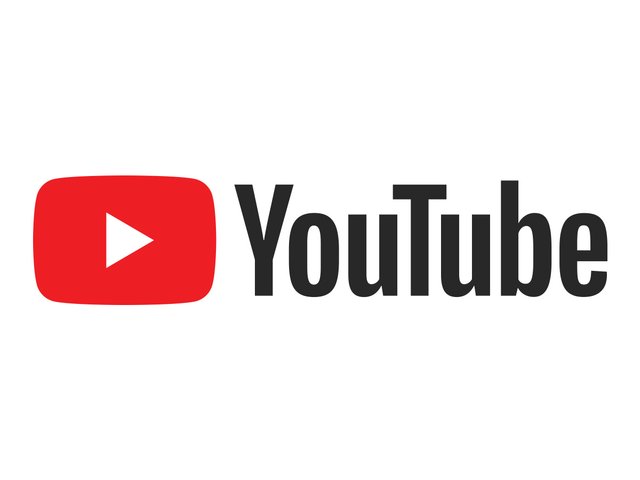YouTube’s new monetization rules are controversial, painful and necessary
YouTube has been the subject of unrelenting backlash from lesser-known creators following the company’s decision to change how monetization works on the platform, but it’s important to note that these changes were inevitable and necessary.
YouTube’s new monetization rules will affect smaller creators the most. The updated rules state that in order for creators to be eligible for the Partner Program, a collective whose channels can be monetized through Google AdSense, they must have a total watch time of 4,000 hours in the past 12 months and a minimum of 1,000 subscribers.
This is a major departure from the program’s previous policy, which only required channels to have 10,000 lifetime views. In a blog post, YouTube executives acknowledged that life would change for a significant number of channels under the new setup. The company attempted to defend its decision by noting that “99 percent of those affected were making less than $100 per year in the last year, with 90 percent earning less than $2.50 in the last month.”
The backlash from smaller YouTubers was instant and unforgiving. The criticism varied among creators: While some were worried about their channel’s revenue drying up, others felt like they were being excommunicated from the greater YouTube community. A cursory glance at Reddit, Twitter and, of course, YouTube will demonstrate just how upset people are with YouTube’s overhaul of the Partner Program.
While I empathize with those smaller creators trying to find their way on the platform, and their valid criticism, I also understand why YouTube has to make such drastic changes.

Hi! I am a robot. I just upvoted you! I found similar content that readers might be interested in:
https://www.polygon.com/2018/1/18/16906036/youtube-monetization-small-creators-top-creators-changes